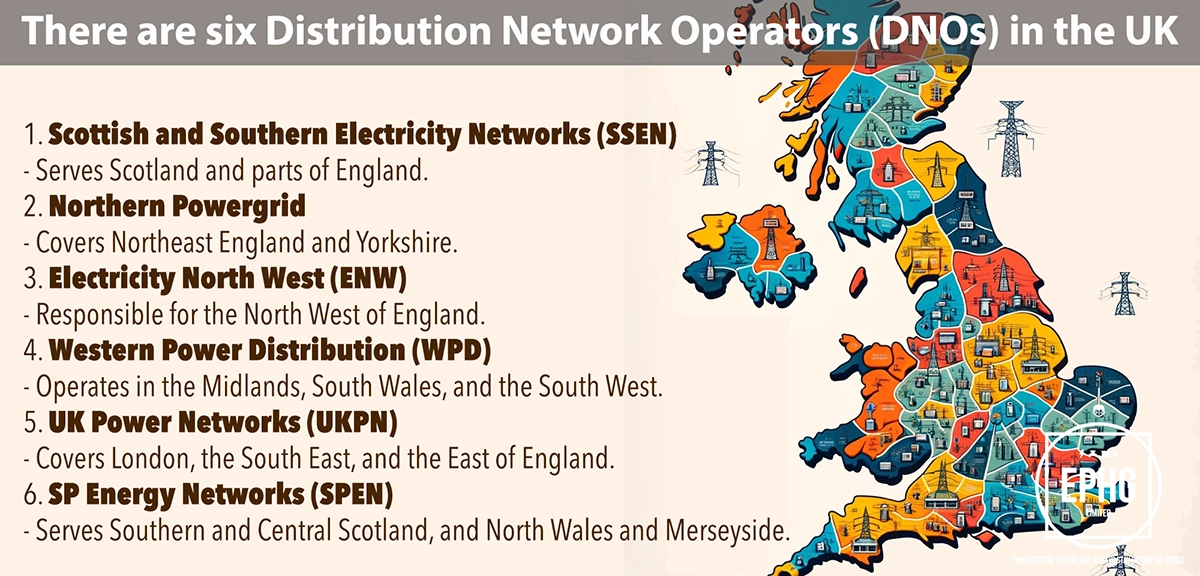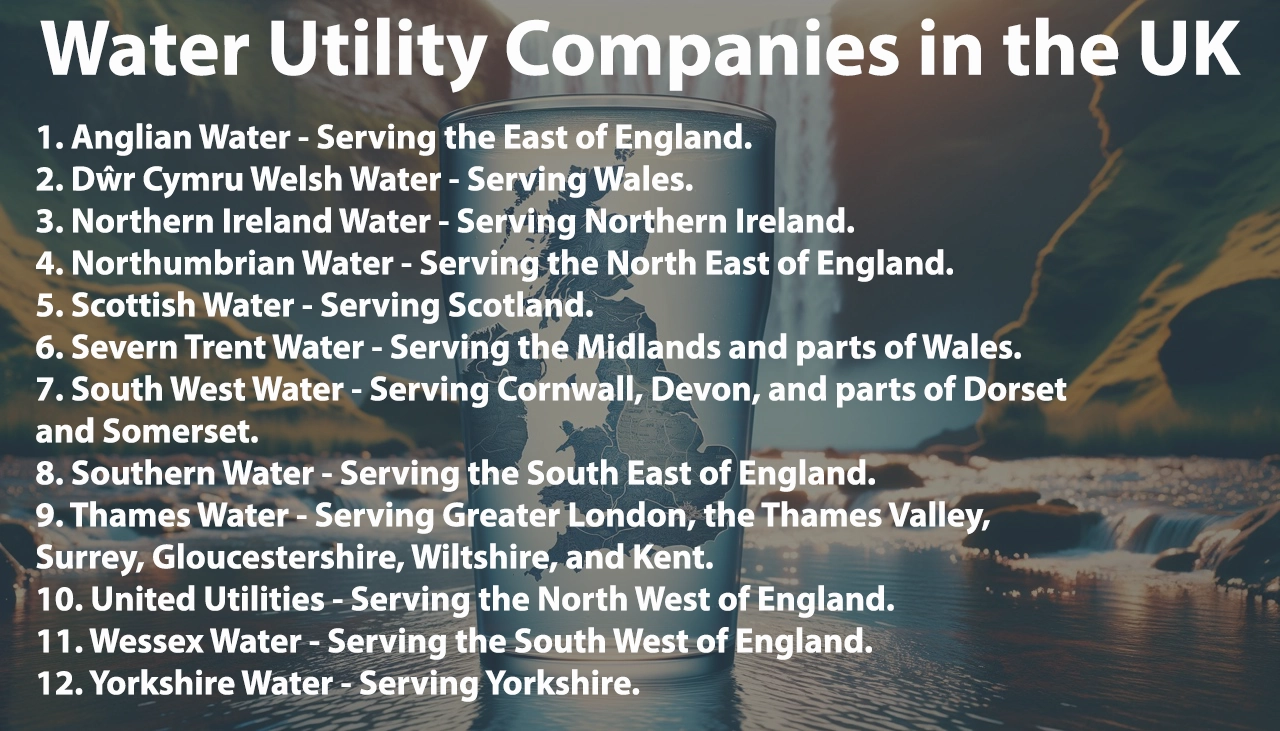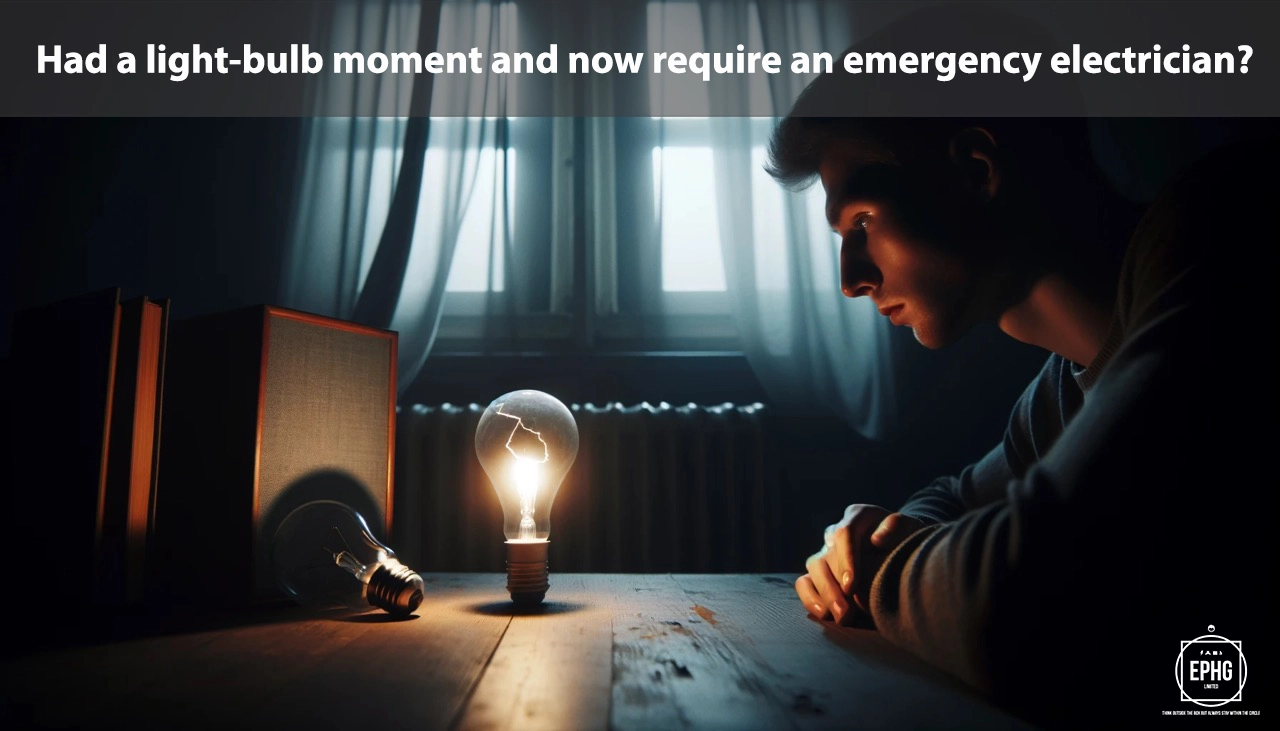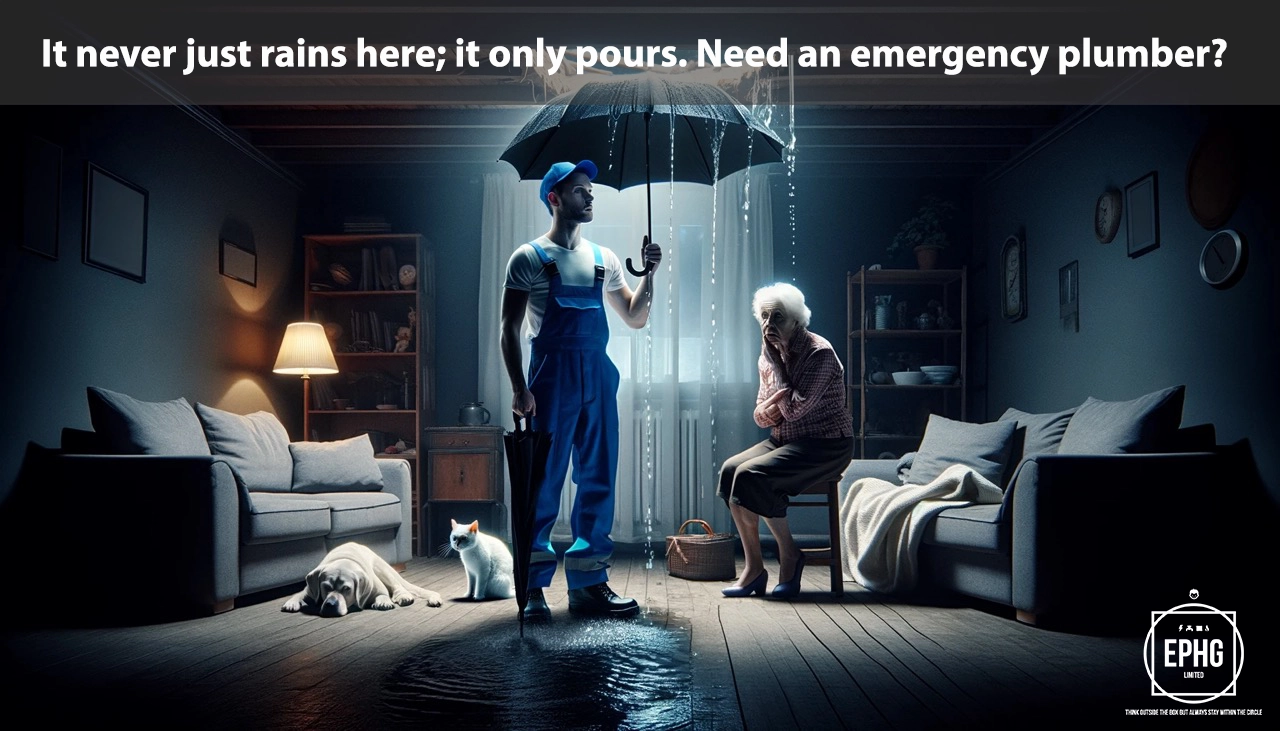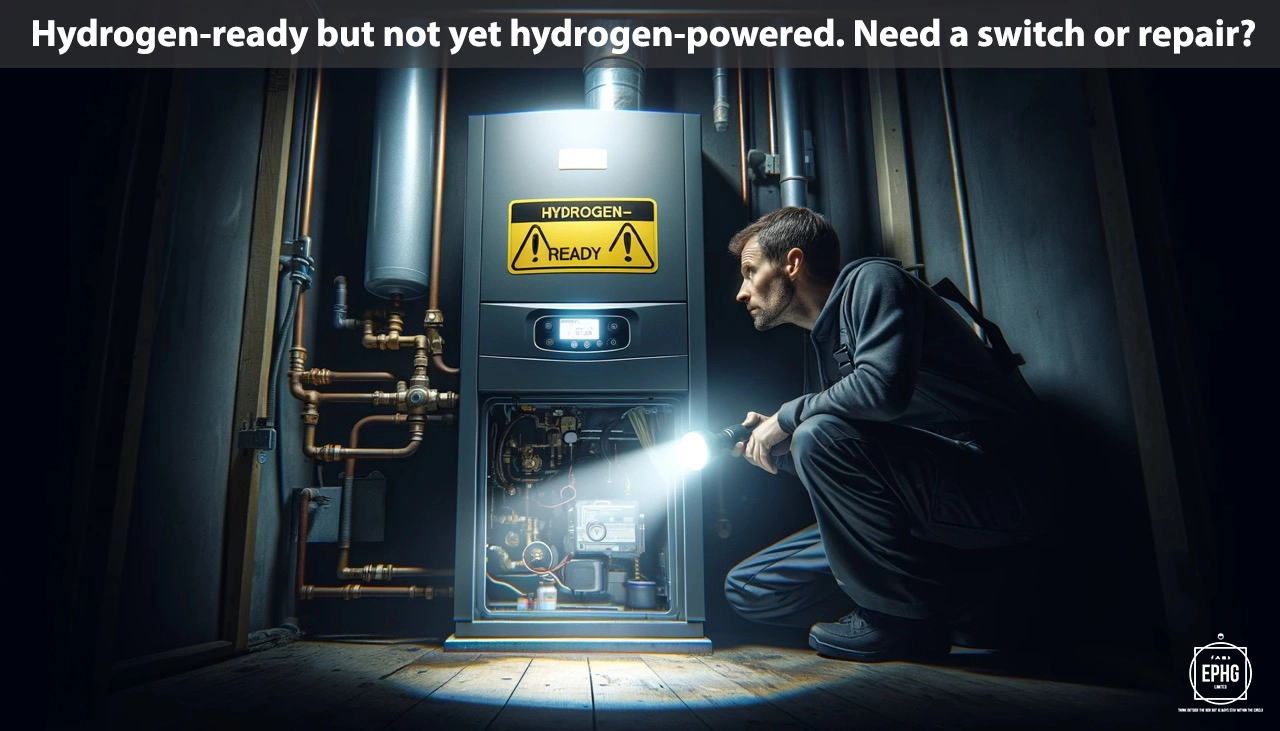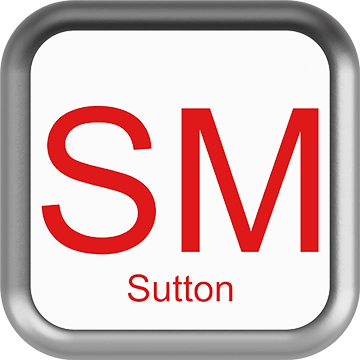
SM Postcodes for Utilities & Services
Introduction: The SM postcode area, including Sutton and its neighboring regions, offers a snapshot into the essential utilities and services available to its residents. This guide aims to provide detailed insights into the water and electricity supply among other critical information for local inhabitants.
Water in Sutton
Where does the water supply come from in the SM postcode area and is there ever a shortage of water?
In the SM postcode area, particularly around Sutton, water supply predominantly comes from the River Wandle and the River Thames. These important rivers provide the bulk of the water for the area, supported by several treatment plants ensuring that the water adheres to safety and quality standards before it is distributed to homes and businesses. Despite a generally reliable supply, the region is still vulnerable to challenges such as increasing demand due to population growth, climate change, and periods of low rainfall. Local water companies and authorities rigorously monitor the situation, implementing water-saving measures when necessary. The infrastructure is designed to manage supply fluctuations efficiently; nevertheless, residents are encouraged to practice water conservation to ensure sustainability.
What is the hardness & quality of the water in the SM postcode area and can this affect your health?
Water in the SM postcode area is generally characterized as moderately hard, mainly due to its journey through natural geological formations before reaching consumers. Hard water contains more minerals like calcium and magnesium, leading to scale buildup in pipes and appliances and making soaps less effective. Despite this, the water is subject to stringent testing to meet high safety and quality standards, ensuring it is safe for all typical uses. While hard water is not harmful to most people and can contribute to dietary mineral intake, it may exacerbate certain skin conditions. Local authorities remain committed to providing high-quality water and encourage residents to report any concerns regarding water quality or safety.
Electricity in Sutton
Where does the electric supply come from in the SM postcode area and what is the future of energy there?
The electric supply in the SM postcode area, primarily covering Sutton and surrounding neighborhoods, is sourced from a combination of conventional power stations and an increasing share from renewable energy sources, reflecting the national trend towards green energy. The area has seen a rise in solar panel installations and community energy projects, contributing to the local energy mix. The future of energy in Sutton is focused on sustainability and reducing carbon emissions, aligning with broader environmental goals. Plans include further development of renewable energy projects, improvements in energy efficiency, and the integration of innovative technologies such as smart grids and electric vehicle charging stations to support a cleaner, more sustainable energy landscape.
When is hydrogen coming to gas boilers in the SM postcode area?
The transition to hydrogen gas boilers in the SM postcode area, including Sutton, is part of a larger national strategy to decarbonize heating systems. While the timeline for widespread hydrogen implementation is dependent on ongoing research, development, and government policies, the area may see pilot projects and initial rollouts in the coming years. Residents are encouraged to maintain their existing boilers while staying updated on new heating technologies and infrastructure developments. Local energy providers and services will offer support and information to ensure a smooth transition to more eco-friendly heating options as they become available.
Where Does the Wastewater Go in the SM postcode area?
In the SM postcode area, wastewater management is an essential service, with the collection and treatment processes designed to protect public health and the environment. Wastewater from residential, commercial, and industrial sources is treated at local facilities where it undergoes several purification stages to remove contaminants. The treated water is then safely discharged, often back into rivers such as the Wandle or the Thames, adhering to strict environmental standards. This system reflects the area's commitment to sustainable water management and the preservation of local waterways and ecosystems.
Regions and Services:
The SM postcode area covers a variety of environments, from the suburban stretches of Sutton to the more rural parts of the region. Key areas include:
- Sutton: A central hub for utilities development, featuring robust electrical and gas infrastructure and moving towards sustainable energy solutions.
- Carshalton, Wallington, and Cheam: Suburban towns that offer a blend of historic and contemporary services, reflecting their individual characters and community needs.
- Banstead, Belmont, and Worcester Park: Areas known for their quieter, village-like atmosphere where initiatives for renewable energy are slowly integrating with existing utilities.

Regions within the SM Postcode
Sutton and Surrounding Areas
- SM1: Sutton, Rose Hill, Parts of The Wrythe and Carshalton - Central area known for shopping, restaurants, and parks.
- SM2: Belmont, South Sutton, South Cheam, East Ewell - Residential areas known for their spacious homes and green spaces.
- SM3: Cheam, North Cheam - Areas combining historical sites with modern amenities and community facilities.
- SM4: Morden, Morden Park, Lower Morden, St. Helier (including part of Mitcham) - Diverse areas with access to parks and local services.
- SM5: Carshalton, Carshalton Beeches, Carshalton on the Hill, The Wrythe, Carshalton Village, Sutton Common, Parts of Hackbridge and Mitcham - Characterized by village-like atmospheres and community events.
- SM6: Wallington, Beddington, Hackbridge, Roundshaw, South Beddington - Suburban districts with retail areas and residential communities.
- SM7: Banstead, Woodmansterne, Nork - Areas known for their residential appeal and local high streets.
